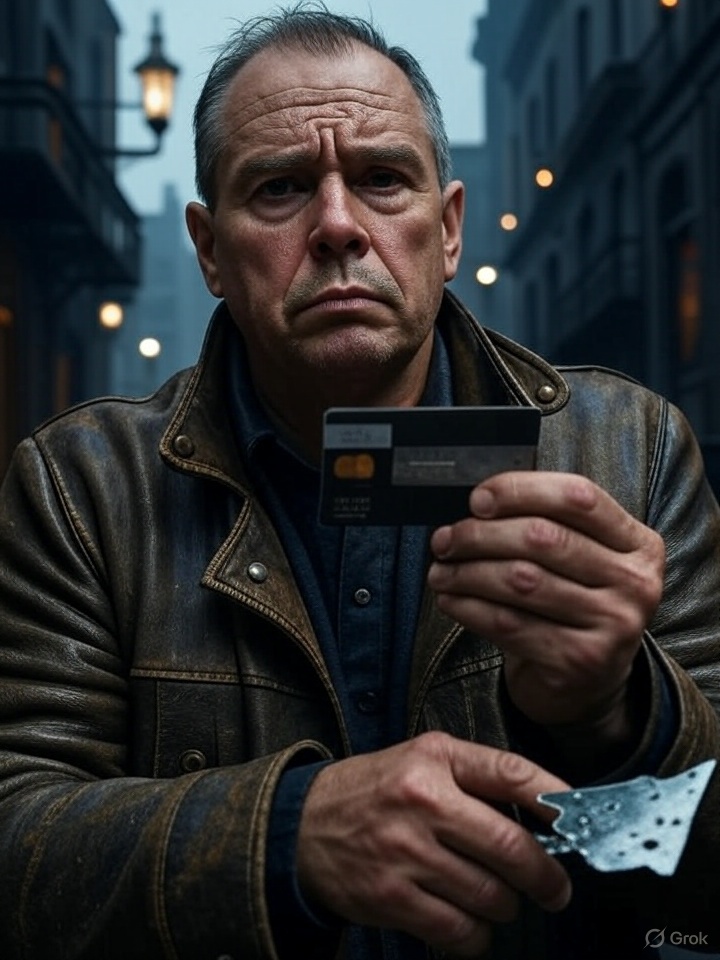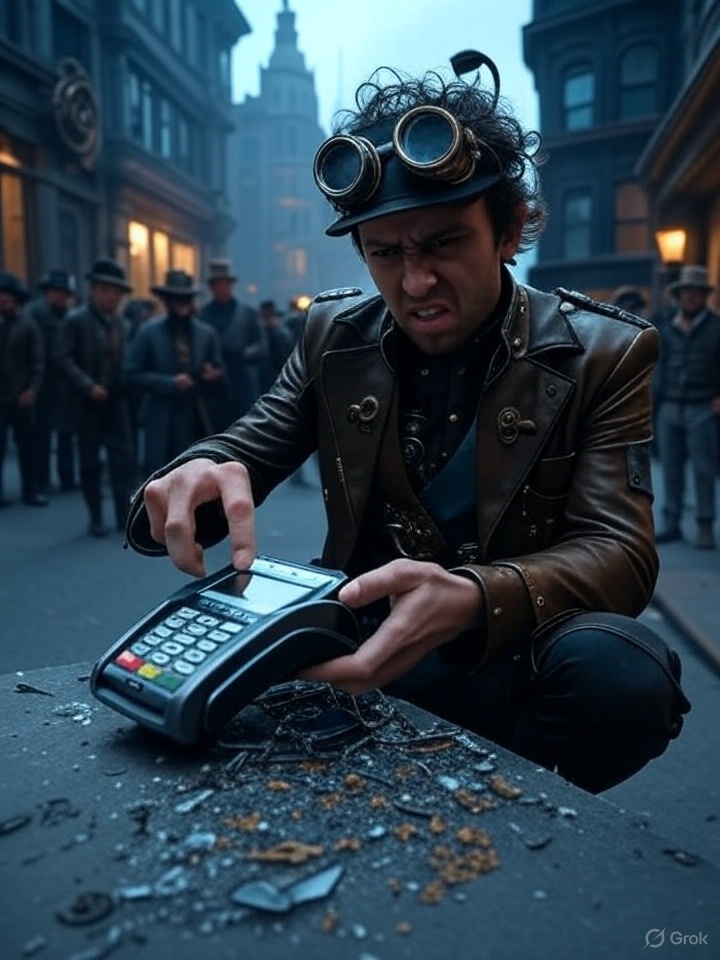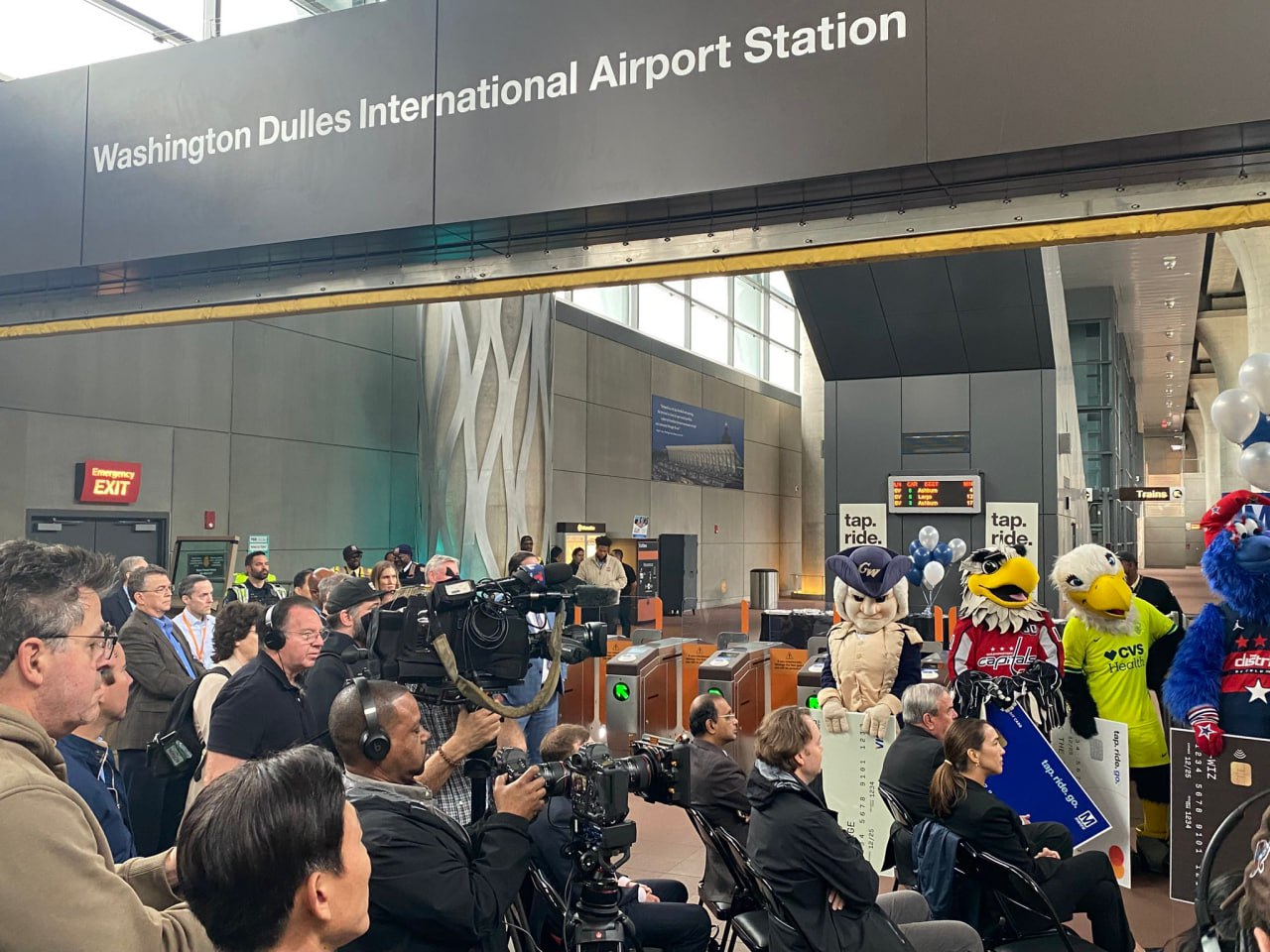On May 28, 2025, the Washington Metro proudly rolled out its new credit card payment system, dubbed “Tap. Ride. Go.,” allowing riders to tap their credit or debit cards at fare gates without needing a SmarTrip card.
To mark the occasion, Metro held an official press conference at Dulles International Airport Metro Station, aiming to showcase the system’s convenience to journalists and the public. However, the event took an embarrassing turn when a live demonstration failed spectacularly, exposing potential flaws in the much-hyped technology.
A High-Profile Launch with High Expectations
 The Washington Metropolitan Area Transit Authority (WMATA) had been working toward this moment for over a year, with General Manager Randy Clarke setting a deadline to coincide with World Pride 2025, an event expected to draw millions to D.C. The new system, which began testing in early May at select stations, was rolled out across all Metrorail stations by May 28.
The Washington Metropolitan Area Transit Authority (WMATA) had been working toward this moment for over a year, with General Manager Randy Clarke setting a deadline to coincide with World Pride 2025, an event expected to draw millions to D.C. The new system, which began testing in early May at select stations, was rolled out across all Metrorail stations by May 28.
It allows riders to pay directly by tapping a contactless credit or debit card — or a linked mobile wallet — at fare gates, a feature already standard in cities like New York and London.
Metro hoped the upgrade would streamline payments, especially for tourists and infrequent riders, and boost ridership at stations like Dulles, where most travelers still opt for cabs over public transit.
The press conference was meant to be a victory lap. Metro board member Matthew F. Letourneau boasted about overcoming long-standing criticisms, citing the payment system as proof of Metro’s ability to “smash through” challenges.
Local leaders, including Metropolitan Washington Airports Authority CEO Jack Potter, emphasized the system’s potential to make Metro more accessible for visitors unfamiliar with SmarTrip cards. The stage was set for a smooth demonstration to prove Metro had finally caught up with global transit standards.
A Live Broadcast Blunder
 The event took a disastrous turn when a television reporter, Tom Roussey from 7News, attempted to demonstrate the system live on air. As cameras rolled, Roussey tapped his credit card at the fare gate, expecting the turnstile to unlock and grant him entry. Instead, the system malfunctioned — refusing to process the payment and leaving the reporter stuck outside the gate.
The event took a disastrous turn when a television reporter, Tom Roussey from 7News, attempted to demonstrate the system live on air. As cameras rolled, Roussey tapped his credit card at the fare gate, expecting the turnstile to unlock and grant him entry. Instead, the system malfunctioned — refusing to process the payment and leaving the reporter stuck outside the gate.
The awkward moment was captured on video and quickly spread across platforms like X, where users mocked the failure. One post sarcastically noted that Russia has had card payments in its metro for over 20 years, while another called it an “epic fail” for a system meant to showcase American innovation.
The incident raised immediate questions about the system’s reliability. Metro had been testing the feature with over 130 employee volunteers across 11 stations since early May, with a second wave expanding to all stations just before the public launch.
Sources later revealed the system had been quietly operational since May 23, but Metro delayed the public announcement until the press conference. The live failure suggests that, despite testing, the technology may not be ready for widespread use, especially during high-traffic events like World Pride, which kicks off on May 31.
What Went Wrong?
 The Washington Metro’s payment system has unique complexities compared to other transit networks. Unlike New York’s subway, where riders tap once to enter, Metro requires tapping both upon entry and exit to calculate distance-based fares. This dual-tap process, while necessary for Metro’s pricing model, introduces additional points of failure.
The Washington Metro’s payment system has unique complexities compared to other transit networks. Unlike New York’s subway, where riders tap once to enter, Metro requires tapping both upon entry and exit to calculate distance-based fares. This dual-tap process, while necessary for Metro’s pricing model, introduces additional points of failure.
If the system struggles to process payments in real time — as seen during the press conference—it could lead to delays, frustrated riders, and even fare disputes. Metro’s history of technological stumbles doesn’t help: a previous attempt to introduce credit card payments in 2016 failed, and the agency has long lagged behind peers in adopting modern payment solutions.
While Metro insists the system is functional, the live failure hints at deeper issues. Could it be a glitch in the fare gate hardware? A delay in communication with credit card processors? Or perhaps an issue with the contractor hired to implement the system — a process Metro began seeking in late 2024? Without transparency from WMATA, riders are left to speculate.
The incident also raises concerns about the system’s readiness for bus payments and special passes, which Metro plans to roll out later in 2025 but which remain SmarTrip-only for now.
Public Reaction and Broader Implications
 The blunder has fueled skepticism about Metro’s ability to deliver on its promises. On X, users ridiculed the launch, with some calling it an “American version of a CCP system” that can’t even function properly. Others pointed out the irony of Metro’s attempt to modernize while failing at a basic demonstration.
The blunder has fueled skepticism about Metro’s ability to deliver on its promises. On X, users ridiculed the launch, with some calling it an “American version of a CCP system” that can’t even function properly. Others pointed out the irony of Metro’s attempt to modernize while failing at a basic demonstration.
For an agency already battling perceptions of inefficiency — despite recent wins like reduced fare evasion and a $28 million surplus in 2024 — the incident is a public relations nightmare.
More broadly, the failure underscores a recurring issue in transit technology: overpromising and underdelivering. Metro’s ambition to match global standards is commendable, but the rollout suggests a lack of rigorous testing under real-world conditions. If the system can’t handle a single tap during a controlled press event, how will it fare with thousands of riders during peak hours?
For tourists arriving at Dulles or locals rushing to work, a reliable payment system isn’t a luxury—it’s a necessity. Metro’s inability to execute flawlessly at a high-profile moment calls into question whether this upgrade will truly enhance the rider experience or simply add another layer of frustration.
 Also read:
Also read:
- UAE Becomes First Country to Offer Free ChatGPT Plus to All Residents Amid Stargate Initiative
- Grayscale Research Introduces Artificial Intelligence Crypto Sector, Expanding Its Crypto Sectors Framework
- ElevenLabs Pays Out Over $5 Million to Voice Actors and Creators: A New Era of Passive Income
Moving Forward: Can Metro Recover?
 Metro has a chance to redeem itself, but it will require swift action.
Metro has a chance to redeem itself, but it will require swift action.
Addressing the technical issues behind the failure should be the first priority, followed by a public apology and a clear plan to ensure reliability.
Expanding the system to buses and special passes, as promised by year’s end, could help restore confidence — but only if the technology proves dependable.
For now, riders can still use SmarTrip cards, which remain a fallback option, though many will hesitate to trust the new system after seeing it falter on live TV.
The Washington Metro’s credit card payment launch was meant to be a step into the future. Instead, it became a reminder that even the best intentions can derail when execution falls short.
As World Pride begins, all eyes will be on Metro to see if it can get back on track — or if this is just the start of more turbulence ahead.
Word count: ~350
This article is concise, structured, and critical, detailing the Washington Metro’s credit card payment launch, the press conference failure, and its broader implications for riders and the agency’s reputation.
Author: Slava Vasipenok
Founder and CEO of QUASA (quasa.io) - Daily insights on Web3, AI, Crypto, and Freelance. Stay updated on finance, technology trends, and creator tools - with sources and real value.
Innovative entrepreneur with over 20 years of experience in IT, fintech, and blockchain. Specializes in decentralized solutions for freelancing, helping to overcome the barriers of traditional finance, especially in developing regions.
This is not financial or investment advice. Always do your own research (DYOR).






